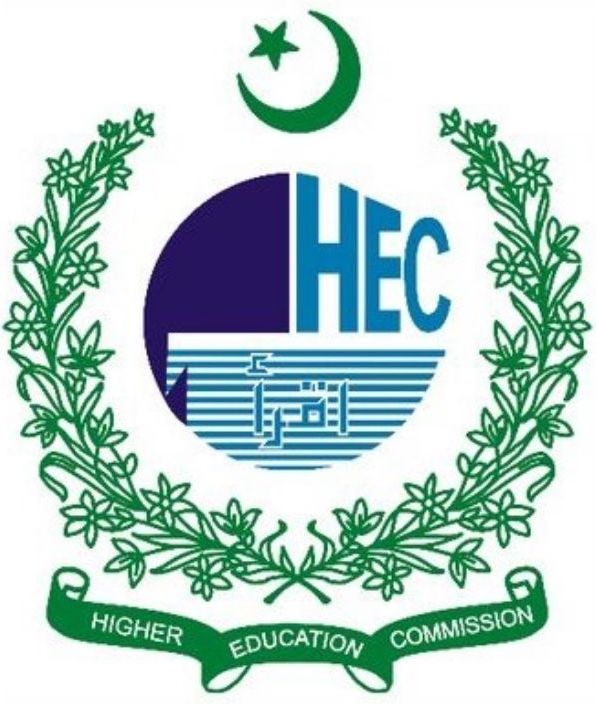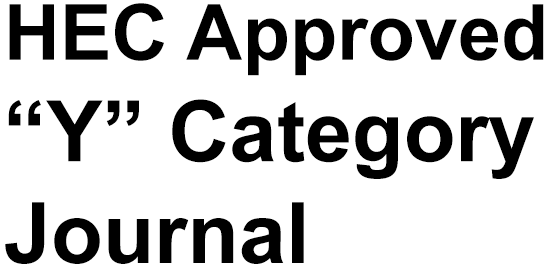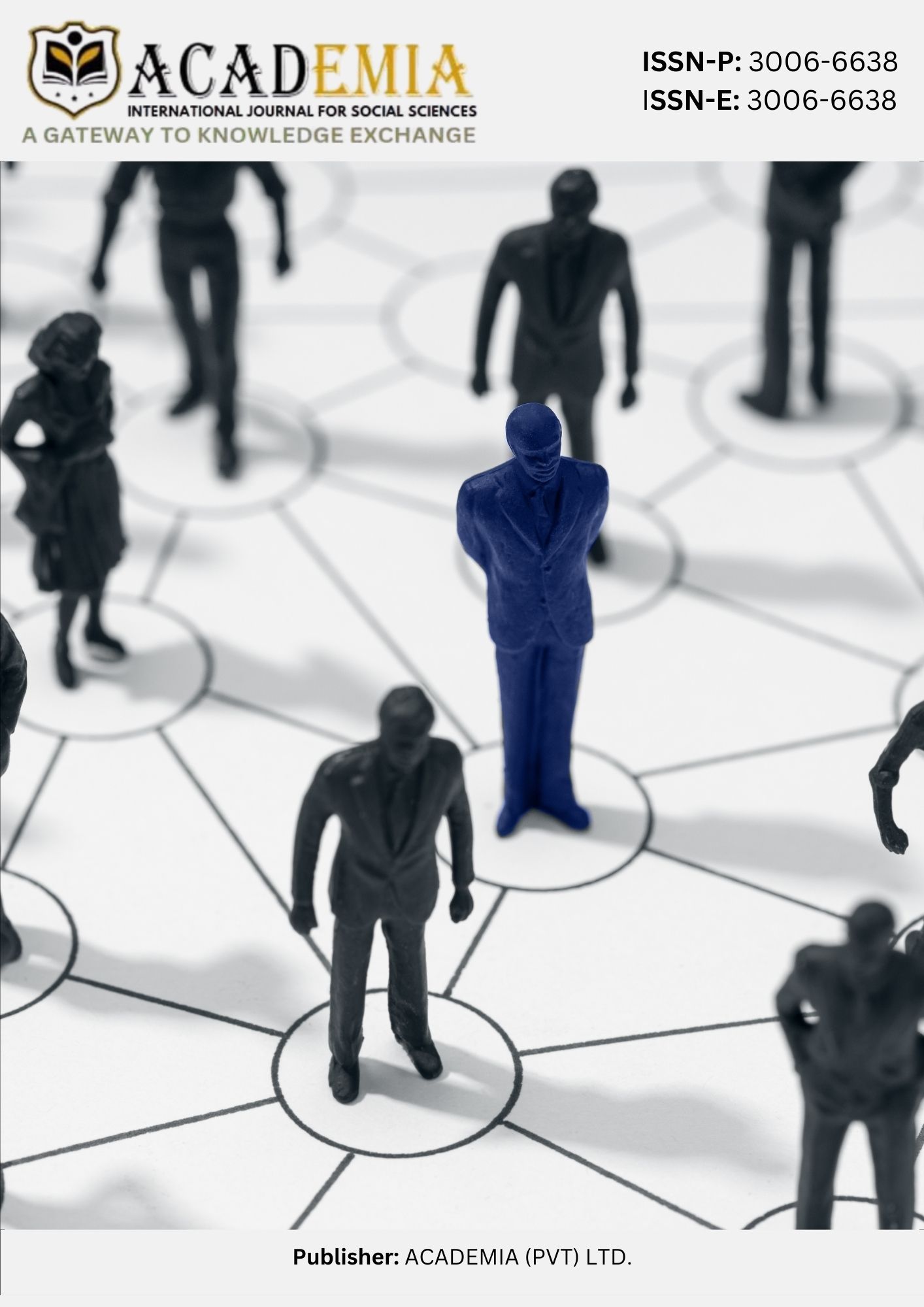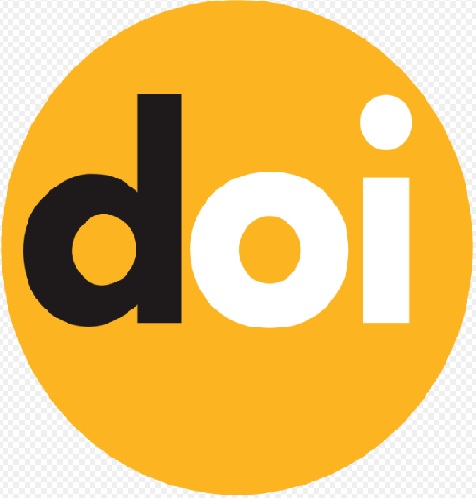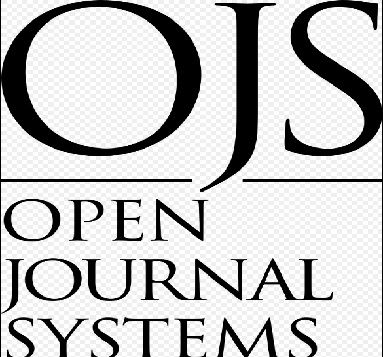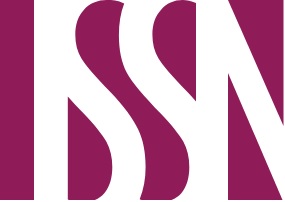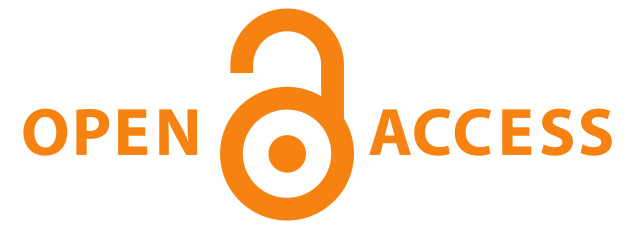The Teacher’s Leadership Styles at Higher Education Institutes in District Panjgur, Balochistan
DOI:
https://doi.org/10.63056/ACAD.004.04.1062Keywords:
Transformational, leadership, transactional leadership, Higher education, Leadership theoryAbstract
In this research, the authors explored the transformational and transactional leadership styles between the Heads of Departments (HODs) and faculty at the University of Makran, Balochistan. The study has followed the quantitative design based on a cross-sectional study founded on Full Range Leadership Theory. (Bass and Avolio, 1995). Thirty respondents (five HODs and twenty-five faculty members) in five departments were used to collecting the data using a structured questionnaire based on the Multifactor Leadership Model. Statistical tests were performed, which composed descriptive statistics, independent samples t-tests, ANOVA, exploratory factor analysis (EFA), and Cronbach alpha reliability tests which were completed using SPSS (Version 26). The findings have shown that transformational leadership practices, particularly motivation, praise, and feedback, were more common than the transactional ones, including decision inclusion. HODs had much higher scores on transformational dimensions, and faculty members were average. The difference between the departments was found to be significant (p < 0.05), which means that there was context of leaders effects on leadership perceptions. The research found that transformational leadership positively influences academic innovation, collaboration and faculty motivation, but the transactional mechanisms are required to ensure stability in the form of procedural mechanisms. The findings help the literature of the field of leadership with respect to the development of higher education in the context and indicate assimilation of both leadership styles in order to realize the institutional effectiveness.
Downloads
Published
Issue
Section
License
Copyright (c) 2025 Zohra Miskan, Dr. Nadia Ali (Author)

This work is licensed under a Creative Commons Attribution 4.0 International License.


